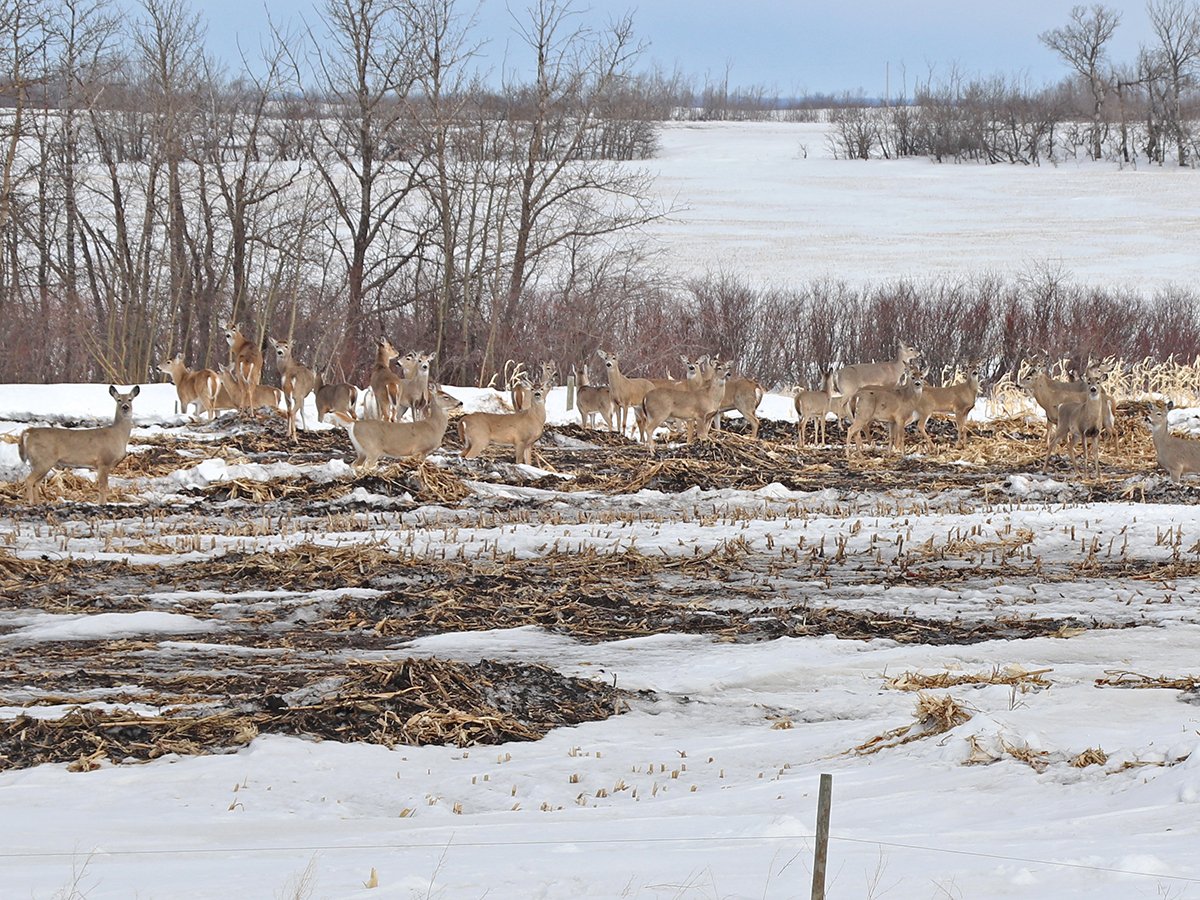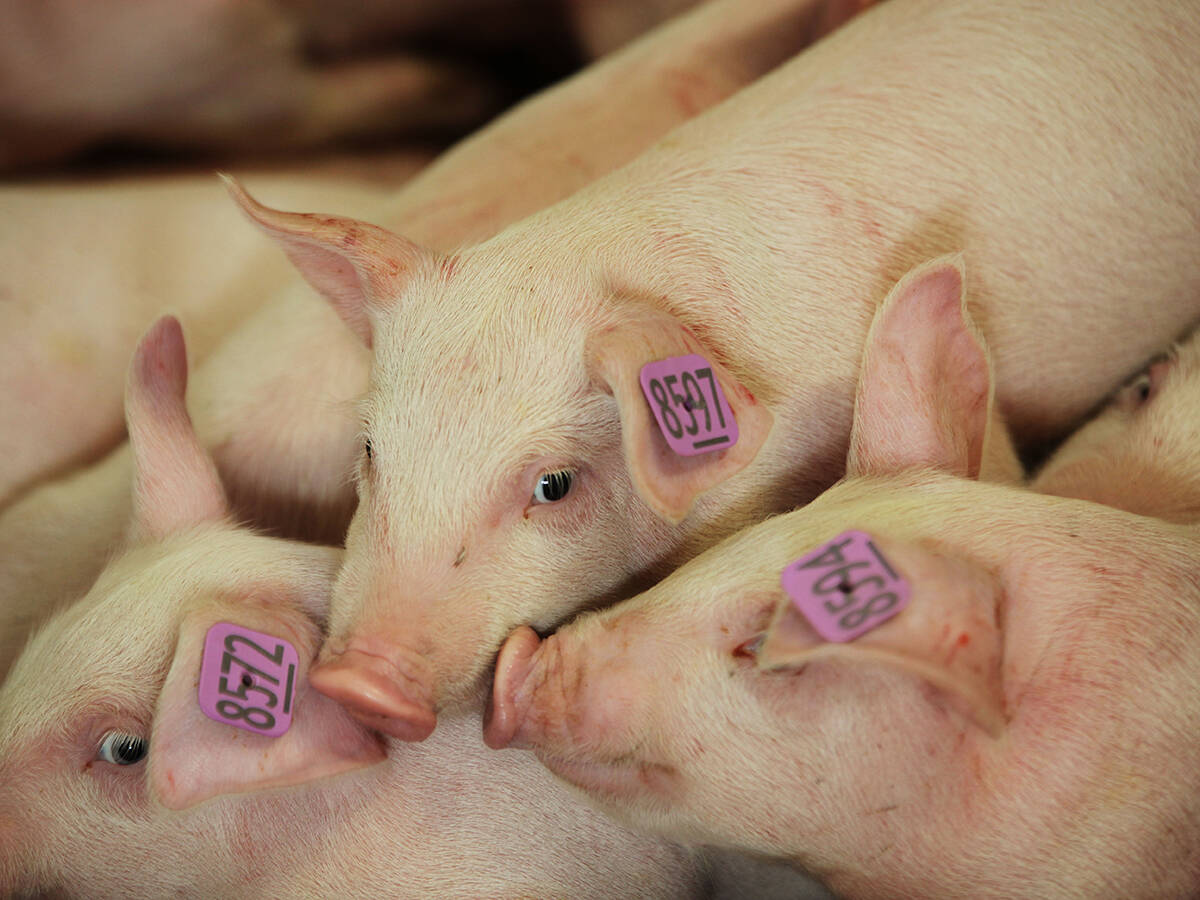REGINA — Canadian pork producers have seen prices hold generally steady despite all the uncertainty of tariffs and trade wars.
Paul Marchand, senior risk management analyst at Hams Marketing Services, said the Canada-United States-Mexico Agreement has largely shielded producers. There are zero tariffs under that agreement.
Marchand said Canadian prices are directly tied to a U.S. base price. The threat of a retaliatory tariff from another trading partner, such as Mexico, presents a greater risk to prices than anything else.
Read Also

Foot-and-mouth disease planning must account for wildlife
Our country’s classification as FMD-free by the World Organization for Animal Health has significant and important implications for accessing foreign markets.
“When you look at the U.S. dollar per hundredweight base price that I’m seeing, we’re flat since April and it’s just very interesting to watch,” he said.
“It’s not unprecedented. We’ve also seen flat pricing profiles in 2024 and we’ve seen it in 2022 as well.”
On a cash basis, the base price was US$89.88 per cwt. at the end of February. On May 15, it was 12 cents higher.
Prices dropped in April and then picked up nearly $4 to get to this level. Marchand said that isn’t a rally when one considers last year the price move over the same period was $10.18 higher.
The weekly price at this time last year was $91.62 per cwt.
“The real activity has been in the futures market and the speculation that’s been going on, which has been crazy,” he said.
When tariffs were first announced in February, there was a huge sell-off before the expected March implementation date. Then tariffs were paused and the futures traded sideways until the April 2 tariff date, when they dropped again and reached a contract low within the week.
The futures then climbed steadily higher when the industry realized that the North American trade deal would shield the market. Most importantly, Mexico was still buying a lot of pork. That’s key because 42 per cent of U.S. pork goes into that market.
Seasonally, weights and slaughter rates were running about the same, supply was known and demand was stable.
“Prices stabilized and we’ve been kind of trading in a flat to steady pattern between April 30 and today,” he said May 15.
By June, he expects to see some activity on price as weights drop and seasonal demand appears in the United States for grilling season.
However, there is still uncertainty in the tariff and regulatory environment, and Marchand said one thing producers might want to consider is a risk management strategy that takes hog margins into account. Feed and some other costs have come down quite a bit and margins started to widen last fall.
Prices may not be the highest ever, but those margins offer some opportunities. Marchand said producers should consider their own risk tolerance and circumstances.
Meanwhile, the recent agreement between the U.S. and China to lower tariffs will take some time to play out. China has been reducing its purchases of U.S. pork, and last week it hit zero.
“The consensus is the Chinese market is gone for now,” Marchand said.
China has other options to buy from, including Spain, Brazil, Chile and Canada, he said.
Marchand is less optimistic than other industry observers that the tariff reductions will result in increased activity from China in the U.S. market or support prices. Tariffs are still in play.
He is also watching what happens between the U.S. and Mexico. Although it’s a stable situation right now, the Mexican president has already said her country will retaliate against pork if the U.S. tariffs tomatoes.
“That would be a big concern for my producers,” Marchand said, because it would be way worse for producer prices than a U.S. tariff on Canadian pork.
Contact karen.briere@producer.com
















